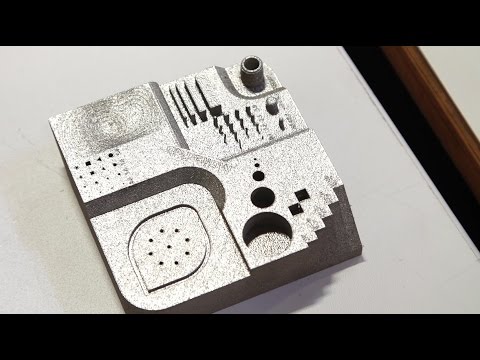Matterfab's 3D Metal Printer
Ryan Lawler gets a hand on look at Matterfab's new 3D metal printer and talks with co-founder Matthew Burris.
Watch time: 6:18 minutes
Watch time: 6:18 minutes
Author: TechCrunch Contributor
Posted date:
Sep 28, 2017






